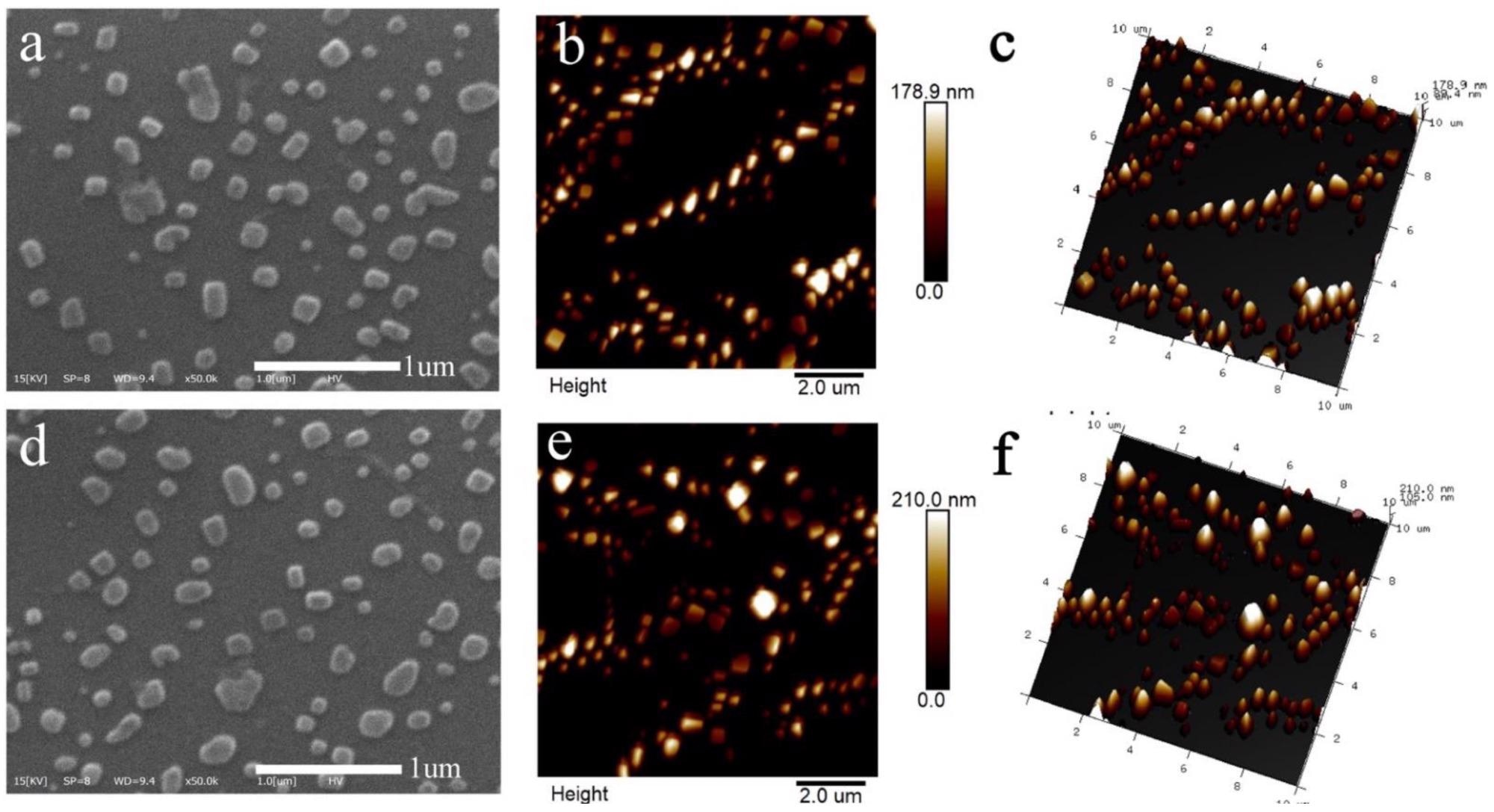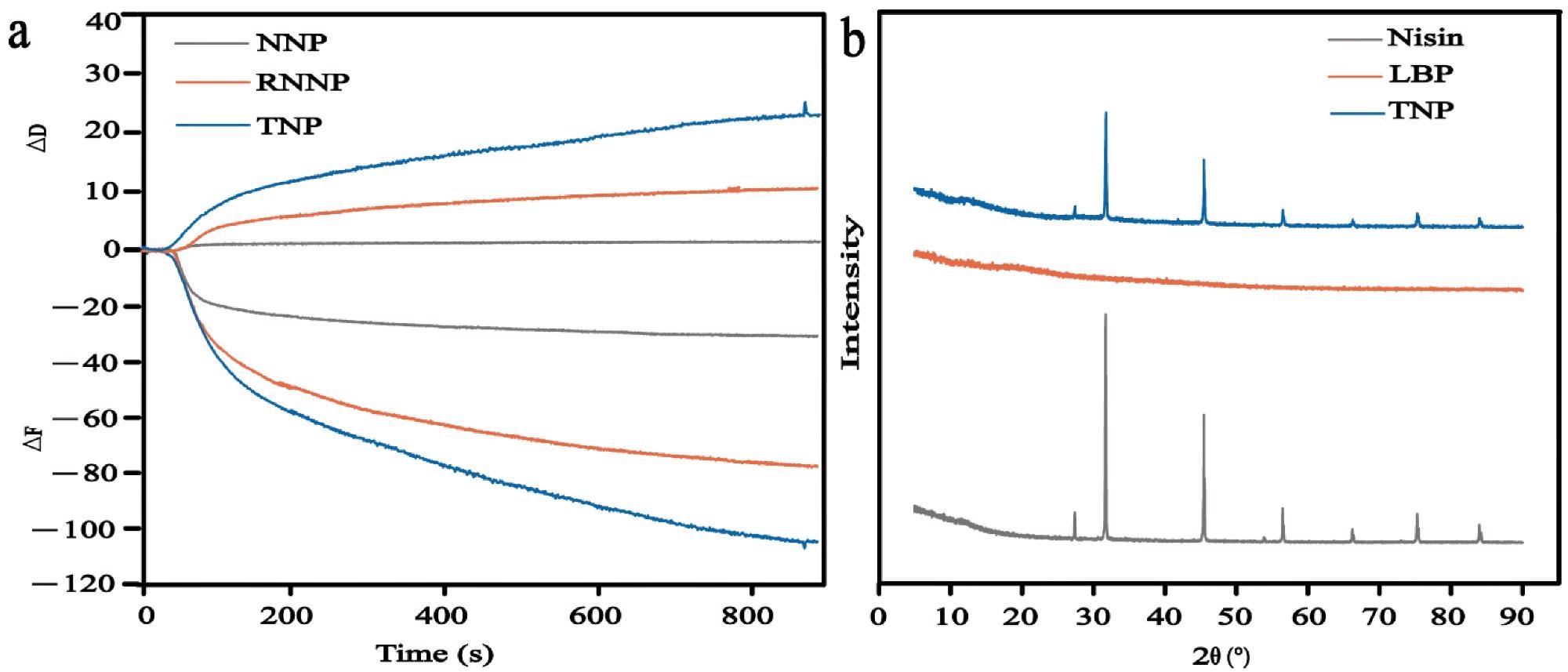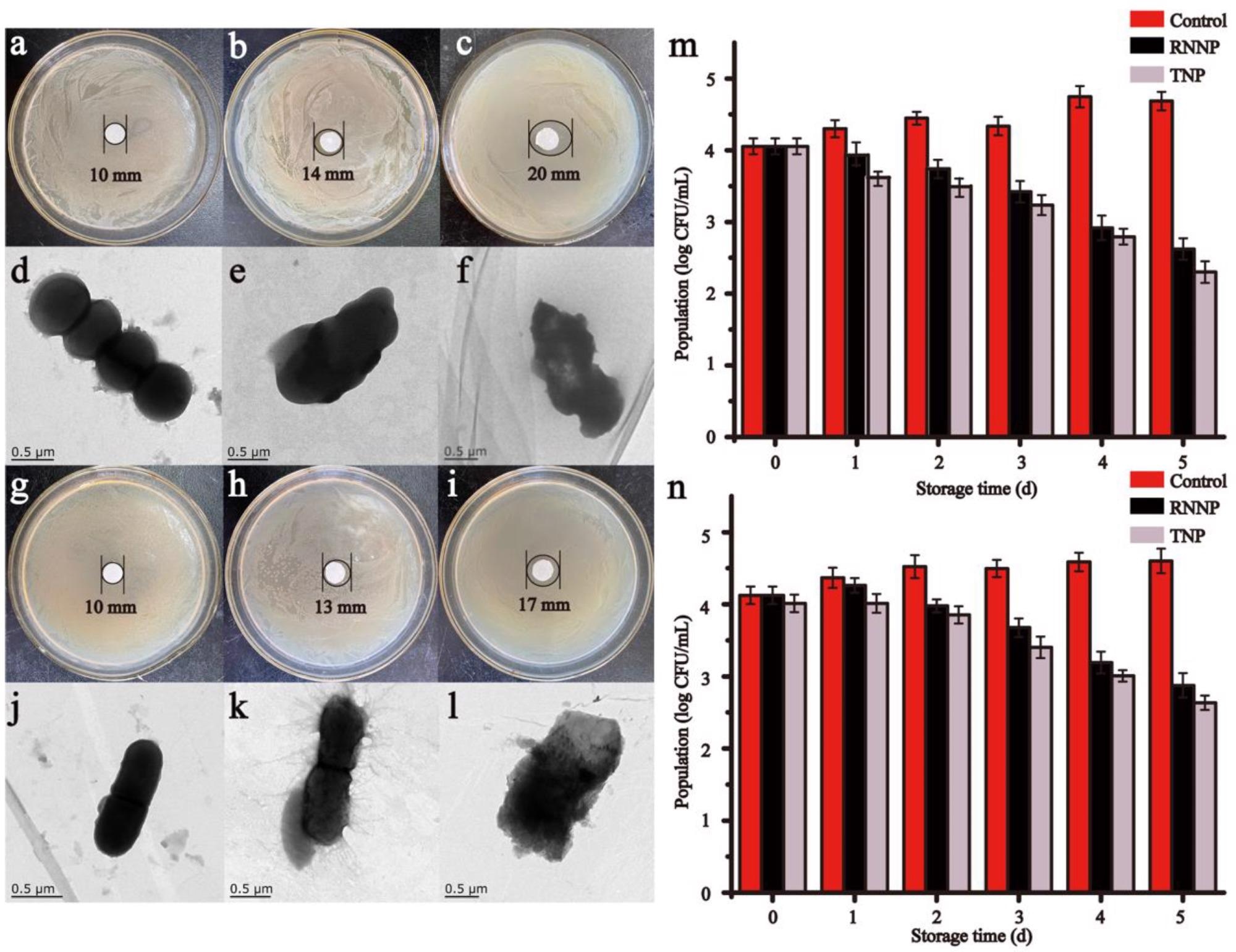A novel study published in the journal, Foods, describes edible nanoparticle-based antibacterial agents to control foodborne diseases.

Study: A Novel Biocompatible Ternary Nanoparticle with High Antibacterial Activity: Synthesis, Characterization, and Its Application in Beef Preservation. Image Credit: Giovanni Cancemi/Shutterstock.com
This research comprises a ternary nanoparticle with two active ingredients and a carrier material that was prepared from rosemary essential oil, nisin and Lycium barbarum polysaccharides.
Using Edible Nanoparticles
Interestingly, the use of functional nanoparticles with food-grade biological macromolecules including protein and polysaccharides has become a popular research area for novel food additives.
This is due to these molecules consisting of components that have a large surface area, a simple preparation process as well as having a flexible structure.

Figure 1. The morphology of nanoparticles including SEM-micrographs and surface, 3-Dimensional AFM images of RNNP (a–c) and TNP (d–f). © Lin, L., Luo, C., Li, C., Chen, X. and Cui, H., (2022)
This is especially significant for the application against foodborne diseases that can be attributed to pathogenic microorganism contamination, resulting in high mortality and morbidity on a global scale.
These pathogenic microorganisms that can infect food and result in severe infections in humans mainly consist of, Staphylococcus aureus, Salmonella, Listeria monocytogenes and Escherichia coli.
The World Health Organization (WHO) has reported 600 million foodborne disease occurrences on an annual basis with more than approximately 420,000 lives lost, illustrating the significance in this area of research to reduce and prevent foodborne diseases.
Previous research on this food health crisis includes novel antibacterial strategies, including the development of new packaging and coating materials that consist of natural antibacterial agents.
Incorporating nanotechnology has furthered this research area through the use of biomaterials and nanocarrier technology via nanoparticles, nanoemulsions, nanohydrogels, and nanoliposomes.
For example, metal oxide nanoparticles have been synthesized as intelligent food packaging; findings indicated increased antibacterial activity.
Ternary Nanoparticle Research
The novel advancement in this field has now encompassed the use of ternary nanoparticles (TNP) comprising two active ingredients and a carrier material prepared from rosemary essential oil (REO), nisin and Lycium barbarum polysaccharides (LBP).

Figure 2. QCM of NNP, RNNP and TNP (a); XRD of Nisin, LBP and TNP(b). © Lin, L., Luo, C., Li, C., Chen, X. and Cui, H., (2022)
Rosemary essential oil was utilized in this research study as the main active ingredient, due to its high antibacterial and antioxidant effects.
These properties have illustrated the potential of REO to be used as an alternative ‘green’ antibacterial agent within food preservation and safety as a method to inhibit foodborne pathogens.
Additionally, the use of nisin as an active ingredient can also enhance the antibacterial and antioxidant activity within food as well as having the role of encapsulating REO due to its peptide-based material that can be used to form nanoparticles.
However, due to being easily degradable by enzymes within food ingredients, nisin can be combined with biopolymers or by incorporated into nisin-loaded nanoparticles.
The potential of LBP for use as a stabilizer for REO and nisin can increase the stability and efficiency of this effective combination of active ingredients.
The novelty of this research can be found in the dual ability of these nanoparticles to improve both the antibacterial and antioxidant effects within beef but also have thermal and storage stability within this food application.
The results of this research study included a reduction in in vitro populations of S. aureus and E.coli when treated with TNP compared to the control group.
The use of TNP as an antibacterial agent on beef was also found to have positive results with favorable preservation effects as well as a lack of change in color or texture, illustrating its potential for use in real-world applications.
Translatory Significance
The high encapsulation efficiency and stability of this ternary nanoparticle combination with multiple ingredients were able to demonstrate how protein nanoparticle instability can be improved.
Additionally, it also illustrated a novel strategy of addressing foodborne pathogens and the use of ‘green’ alternatives to increase the antibacterial and antioxidant activity and reduce bacteria populations.

Figure 3. The antibacterial effect of nanoparticles including the inhibition zones, TEM and time-kill curve of control, RNNP and TNP on S. aureus (a–f,m) and E. coli O157:H7 (g–l,n). © Lin, L., Luo, C., Li, C., Chen, X. and Cui, H., (2022)
If translated, the significance of this research could help in reducing the number of infections from pathogenic microorganism contamination, aiding a reduction in overall levels of mortality and morbidity.
This is especially critical on a global scale with less economically developed countries that are more likely to harbor pathogenic contamination, and less likely to have access to medical care.
The use of ternary nanoparticles within the food industry may have the potential to aid with food preservation and reduction in pathogens, not only for beef but for all types of food, further reducing the likelihood of foodborne diseases from pathogenic contamination.
Reference
Lin, L., Luo, C., Li, C., Chen, X. and Cui, H., (2022) A Novel Biocompatible Ternary Nanoparticle with High Antibacterial Activity: Synthesis, Characterization, and Its Application in Beef Preservation. Foods, 11(3), p.438. Available at: https://www.mdpi.com/2304-8158/11/3/438/htm
Further Reading
WHO. (2014). Food Safety [online] Available at: https://www.who.int/news-room/fact-sheets/detail/food-safety
Disclaimer: The views expressed here are those of the author expressed in their private capacity and do not necessarily represent the views of AZoM.com Limited T/A AZoNetwork the owner and operator of this website. This disclaimer forms part of the Terms and conditions of use of this website.